5. Civilization VI
Ed McGlone
Unlike many of the other games we’ve nominated for Game of the Year 2016, Civilization VI doesn’t really have any competition. Sure there are other strategy games out there, but none that offer the experience that the Civ franchise has provided over the years. A slow-paced, turn-based game about creating a world power, Civilization VI only really has its past self to be inspired by. It has to constantly fight the urge to become complacent and instead reinvent itself (but not too much) over again with each game. With Civ VI, you can chalk up another victory for the franchise, Firaxis Games, and 2K.
Civilization VI is the only place where you get to really play emperor (or a peace loving enlightened leader of some sort, if you prefer). Every game, depending on the parameters you set, will have its own story and history.
You’ll see all sorts of events unfold, such as failed attempts at aggressive expansion that lead to a Treaty of Versailles-like disaster for the losing side, or Cold Wars where two Civs fight for the same winning condition but avoid conflict that would derail their progress at all costs. In a gaming world where imagination is often replaced with cutscenes and story lines that explain everything for you, Civilization VI is a modern title that still lets you create your own narrative, and is executed in a near flawless way.
Mechanically, Civilization VI improves on so much of the areas that needed major touch-ups in Civilization V while also throwing in game-changer additions that enhances the quality of life for marathon players. History and diplomacy nerds like myself can revel and agonize in the majorly improved diplomacy screen that actually tells you useful information. It may seem innocuous to accept a foreign leader’s invitation for dinner, or to establish an embassy, but you foresee conflict down the road. Maybe it’s best we keep a distance so that the path towards war can remain clear and unsullied.
Religion, kind of a strange experiment in Civilization V, is now a full-fledged victory condition that feels like an entirely different game, should you commit to it. Culture, once nothing much more than a shallow hoarding of points, is an incredibly deep system of gaining tourists, recruiting great-people, and using modern technology to spread your greatness around the world. These are just a few of the many ways Civilization VI made its own experience that much more authentic.
The Civilization franchise achieved greatness a long time ago, but it’s clear that the team behind it is committed to providing the most authentic game of diplomacy and empire building imaginable. Civilization is the best in its genre — it practically is the genre — and even with a lack of direct competition, it’s a model franchise that continually goes above and beyond to top itself, and always succeeds.
You can read Ed McGlone’s full thoughts on Civilization VI here.
4. Dark Souls III
Zhiqing Wan
Dark Souls III feels like an apology for the sequel that came before it. Gone are the heavy-handed cutscenes that snicker at you at every turn, reminding you that this is a ‘hard’ game in which you will die many times over. Also gone is the questionable Soul Memory mechanic, and the head-scratching geographical layout of the game’s world.
The bosses are, as usual, the game’s centerpiece, and they all feel wonderfully varied. Some are heavy hitters that will overwhelm you with speed and brute strength, others will harass you with magic, and some are gimmicks whose illusions of grandeur quickly fall away the moment you discover the one essential trick to taking them down.
Perhaps the most striking quality of the Souls series, which continues to live on in Dark Souls III, is its incredible tale and genius storytelling method. Story and lore are buried deep in the item descriptions of every single tool you pick up, and every NPC encounter feels like you’ve stumbled across an oasis in the middle of a desert. These characters don’t waste their breath, and every word they speak has been carefully picked out to clue you into some part of the world’s history and lore. Too many role-playing games these days are insistent on beating you over the head with all the incredibly deep and complex stories their creators have crafted. Players are often fed voluminous amounts of information, and everyone and everything you see is an exhausting sponge of facts, details, tidbits, and information on the locale you’re in. It’s a poor and overall stale way to tell a story, making the Souls series’ method feel so wonderfully refreshing.
Just as it has been in past games, every building, ruin, and object is deliberately placed in Dark Souls III. Nothing is there without meaning or purpose, and even the placement of enemies serves to flesh out some of the lore. A character might be standing in one place when you first meet them, but they’ll quickly move on as soon as you progress past a certain point in the game. Dark Souls III’s auto-save system is notoriously aggressive, so if you attack a NPC, they’ll likely be your enemy forever. Reload the game, and you’ll still find them there, waiting and hostile. Perform seemingly innocuous actions, like picking up ashes and giving them to a handmaiden, and an NPC could decide to become a loyal ally. At the same time, kill an unsuspecting target, and you could earn the ire of another character later on down the line without knowing what exactly triggered it. The characters you meet feel independent and purposeful – yet another layer that adds life to Dark Souls III, and one we hardly see in modern role-playing games.
Piecing the big story puzzle together takes dedication and meticulousness on the player’s part, but the payoff is well worth it. Dark Souls tells one of the most compelling dark fantasy tales we’ve ever seen in video games, and Dark Souls III is the final entry that has learned from past mistakes, and serves as the climactic third act to close it out perfectly.
You can read Zhiqing Wan’s full thoughts on Dark Souls III here.
3. Titanfall 2
Ed McGlone
Let’s take a trip in time to 2007. Nearly ten years ago, as many first person shooter fans are well aware, Call of Duty 4: Modern Warfare released, changing the FPS genre forever. It carved out an entire niche for itself and quickly grew into a juggernaut, largely unchallenged certainly in sales, but even in gameplay. Most other FPS games like Battlefield and Halo, for example, opted for a unique style over going head up with Call of Duty. As a result, the franchise created a new popular style of first person shooters and has largely monopolized it for the better part of a decade.
It’s 2016 now, and in terms of sales, that’s still unchanged. Call of Duty is still king, but in terms of gameplay, Titanfall 2 does Call of Duty better than Call of Duty does itself.
The single-player campaign never wears out its welcome. It’s short, but very sweet, and the relationship between BT-7274 and Jack Cooper is one that I’ll remember for years to come. Titanfall 2 keeps the action up without needing to bog the game down with excessive cutscenes that tell players what and who they should care about. Instead, the game’s strong writing, especially the lines written for BT-7274, naturally create an emotional experience for the player without beating you over the head with it.
More importantly though, it’s a blast to play through. After setting the stage through the first two missions, rarely will any two story chapters feel the same. Between time-travel, all out Titan warfare, and even a dash of platforming, Titanfall 2’s campaign never becomes a chore because it constantly evolves into something different. Somewhere along the line, FPS campaigns stopped being exciting and became afterthoughts to the multiplayer modes. Thankfully in 2016, games like Titanfall 2 are making them cool again.
While Titanfall 2 reinvigorate the single-player FPS though, it outclasses the competition in multiplayer too. Other shooters use tools like cutscenes, big explosions, and hyper-realistic visuals to create memorable experiences. Titanfall 2 instead leans on its own gameplay to take care of that. The speed and momentum-based movement that the game encourages opens up every map, creating dramatic moments out of otherwise routine matches. Sliding and wall-running aren’t gimmicks; rather, they are integrated into the game’s DNA and make killing enemies that much more satisfying. There’s no wasted space or surface in Titanfall 2, and if you learn how to use those tools to your advantage, you’ll have a leg up on anyone trying to play traditionally, and feel superhuman in the process.
Even with all this high-tempo action, Titanfall 2 is simultaneously a slow and tactical chess match once Titans enter the map mid-game. Titans need to work together and cover each other’s weaknesses to gain a positional advantage over their enemies and survive. All the while, Pilots, which feel like pesky flies at this point, can still use their superior speed to harass and even bring down the massive mechs.
It’s thanks to the successful marriage of Pilot and Titan gameplay that Titanfall 2 is able to outclass its direct competition while also being something fresh and new. It’s hard to compare games across genres. However, if we’re looking at leaders of genre packs, Titanfall 2 is the best total FPS package this year.
You can read Ed McGlone’s full thoughts on Titanfall 2 here.
2. Overwatch
Collin MacGregor
If there’s any title that has made itself known in a hurry this year, it’s Blizzard’s hit FPS game Overwatch.
Matches are fast and furious, with players making liberal use of the game’s recognizable abilities and ultimates. All of the chaos centers around a central objective that helps reinforce the concept of working together. Gameplay is incredibly refined, with every character serving a unique role and overall embracing an “easy to play, hard to master” design philosophy. Overwatch is both highly accessible and challenging at the same time.
Yet, one of the most important parts of Overwatch’s success lies in its community. Since its announcement and release, the massive amount of fan-made content is staggering, ranging the gambit from cosplays, to art, to animated shorts. In addition, Overwatch’s competitive scene has gotten real big, real fast. In less than a year, Blizzard’s title not only cultivated its own competitive scene, but also managed to get a televised championship on TBS. Its growth among professional teams and spectators is a testament to the game’s intelligent balance and competitive nature.
While the cultural significance of a title doesn’t always reflect the actual quality of the game, Overwatch’s clean design and inflow of content will live on well past this year. Overwatch has rapidly become a milestone for the multiplayer genre and a staple of the industry.
You can read Collin MacGregor’s full thoughts on Overwatch here.
Game of the Year: Uncharted 4
Sharon Coone
Uncharted 4 is an acknowledgement of the end, for players and Naughty Dog alike. Both step into the series finale with begrudging maturity, reminiscent of its spectacular past, and taking the first real steps away from thrilling adventure. Slipping into the shoes of Nathan Drake for the final time feels more profound than ever before, because he is haunted by these same thoughts.
The thoughtful script and expert cast performances are rife with self reflection and double entendres. For the first time in the series, the most impressionable moments are delivered in subtle words and glances rather than self-destructing set pieces. Uncharted 4, in all this, holds a mirror up to what has always been an unquestioned and unquestioning hero. What fate ultimately comes for a man built by the grandeur of adventure?
For the very pirates the Drake brothers pursue, the answer was a grisly, lonely death. They pillaged and sailed until the world moved on without them. Following their trail, we learn their losses: families, limbs, and oftentimes their own purpose. “I am a man of fortune, and I must seek my fortune,” Captain Avery’s words ring across generations and like everything else, sound less heroic and more dire with time.
All this thematic strength is supported by technical marvels accrued through Naughty Dog’s time with Uncharted. Facial animations are stirringly human, maps are open and gorgeous, yet intelligent level design always points you towards your goal. For the first time, combat mechanics don’t feel antiquated against the smooth traversal system, and stealthy approaches to enemy encounters are satisfyingly viable. Bombastic set pieces return with the familiarity of an old friend, yet burn less brightly than they did in the past, and notably less than the intimate moments shared by characters between gunfire. Naughty Dog has learned that those moments are what matter most of all, and urges the player and cast to feel the same.
The entire journey is a lesson in greatness. An impeccable farewell to an iconic adventure series, Uncharted 4’s brilliant direction and unmitigated reflection will be remembered for years to come, and is bravely worthy of 2016’s game of the year.
You can read Sharon Coone’s full thoughts on Uncharted 4 here.

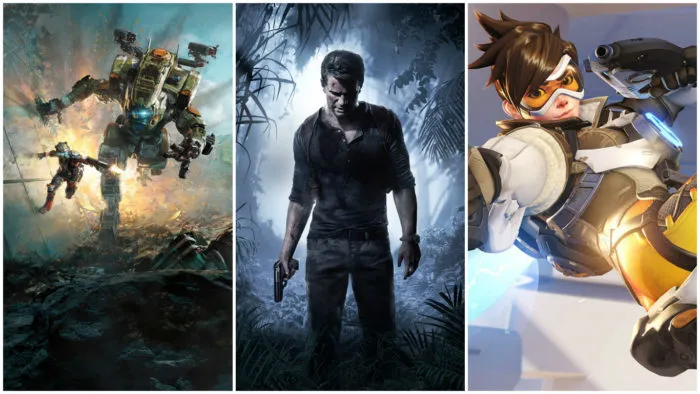








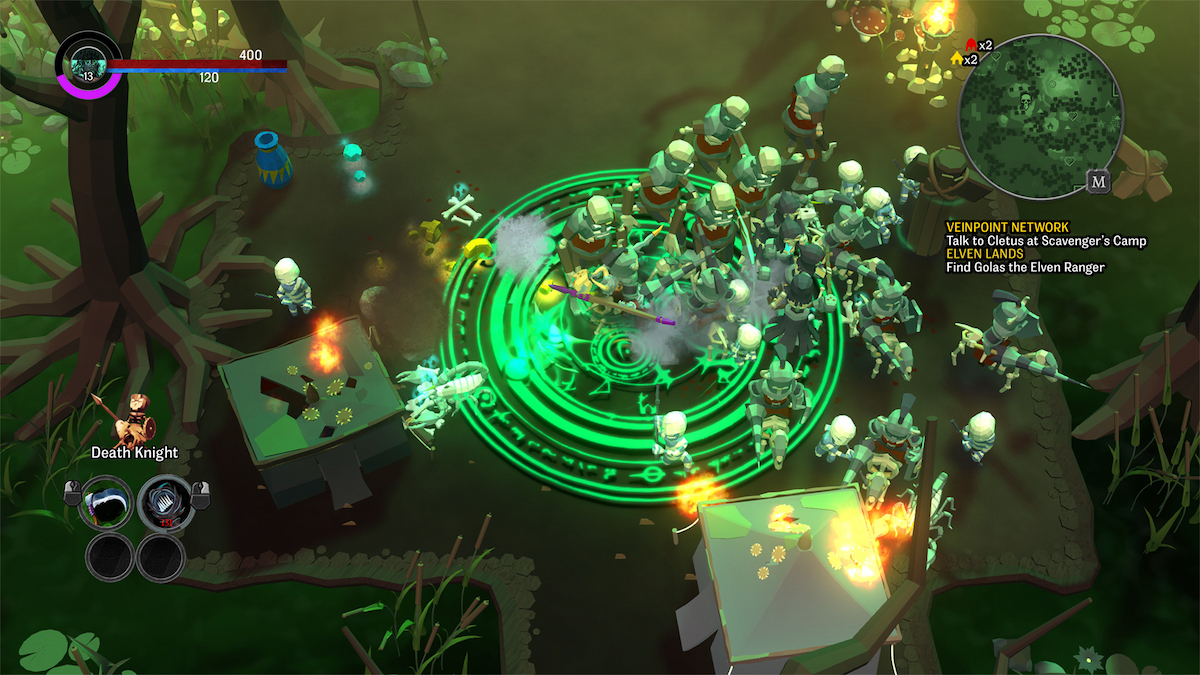

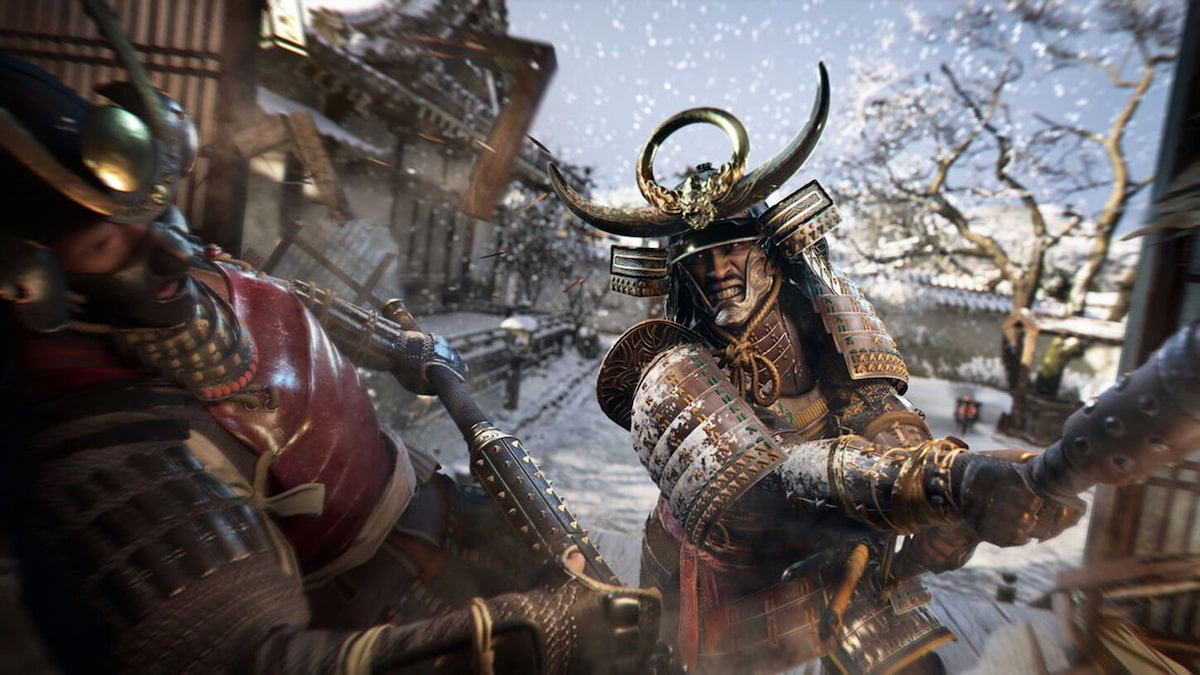

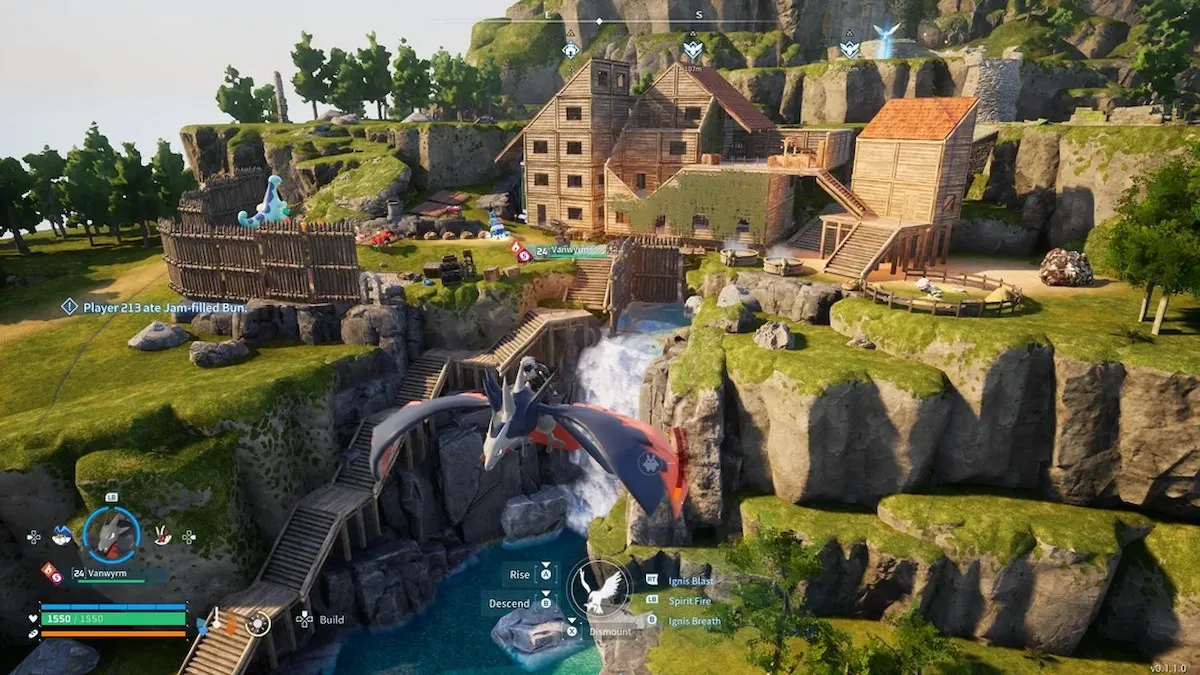


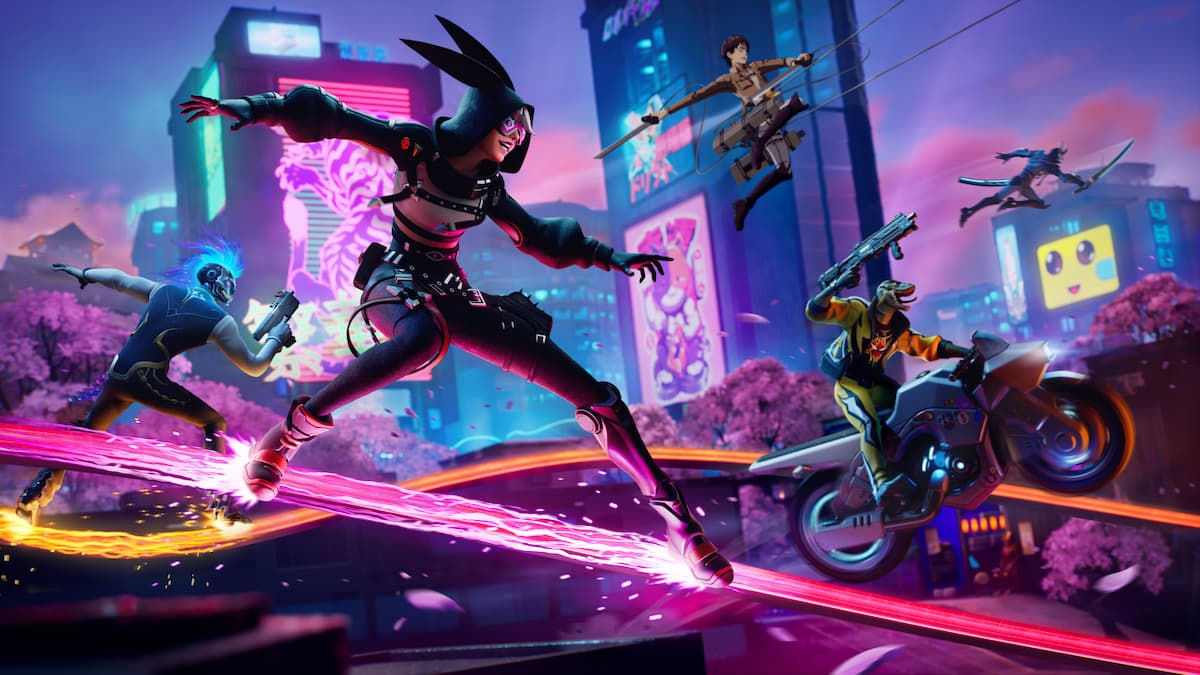
Updated: Dec 23, 2016 12:27 pm